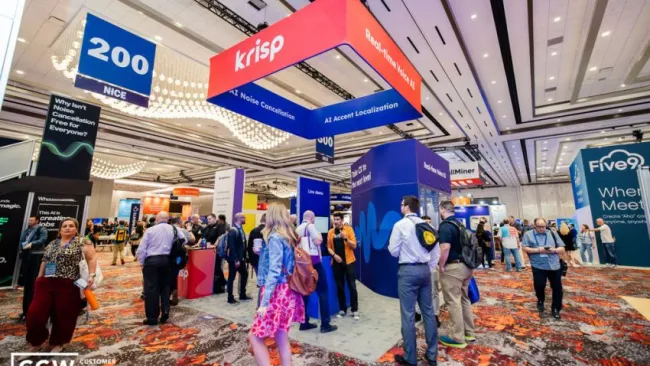Engaged employees are the backbone of an organization. But while business leaders recognize the importance of an engaged workforce, several organizations have been facing high levels of disengagement for a number of years.
In fact, numerous reports have pointed towards a serious problem in the United States. According to the latest Gallup report on the State of the American Workplace, only 30 percent of employees in the United States are engaged, while the other 70 percent are not reaching their full potential.
While there is no magic recipe to achieve and retain high levels of employee engagement, there are certainly a number of ingredients that, when combined, will steer organizations in the right direction. These components are not dissimilar from the ones needed to have a successful relationship and manage a household:
- Appoint the right managers: Proper managerial skills can make the difference between a smooth-running household and one that exists in chaos. Similarly, without the right managers, organizations will struggle. Further, the wrong management skills are considered among the highest contributors to employee disengagement, which means that organizations need to do their utmost to ensure they have the right people in managerial positions.
- Be transparent: Honesty is crucial in relationships, and the same can be said in the business world. Managers need to make sure they are as transparent as possible with their employees. Naturally, there might be confidential information that can’t be shared with employees. However, if employees do ask questions, it’s imperative not to act as if nothing’s happening and instead let them know that the information is confidential and will be shared as soon as possible. This creates an atmosphere of trust within the company.
- Invest in continuous learning: Every relationship requires a learning period that allows the two partners to get to know each other better. Employees also require continuous learning, but this shouldn’t be limited to a classroom experience. Instead, managers need to make the effort to spend time with them and help them continue developing their skills. Constant coaching will allow employees to feel valued and understand that their superiors are committed to help them succeed.
- Hire the right people: In relationships, we tend to choose to be with people who fit best into our lives. In a similar fashion, organizations need to hire people who are best suited for the job, not only having the necessary qualifications, but also the right personalities to fit with the rest of the team. Managers need to be careful not to fall into the trap of hiring people who are exactly like them, but be sure to build a diverse team, made up of both creative and analytical individuals who bring different perspectives to the organization.
Finally, while compensation and benefits matter to employees, it’s a mistake for organizations to believe that they offer the solution to any disengagement problems. Therefore, business leaders should not simply attempt to throw money at problems and expect them to be resolved. Compensation will only help improve employee engagement if the other building blocks are in place.

















